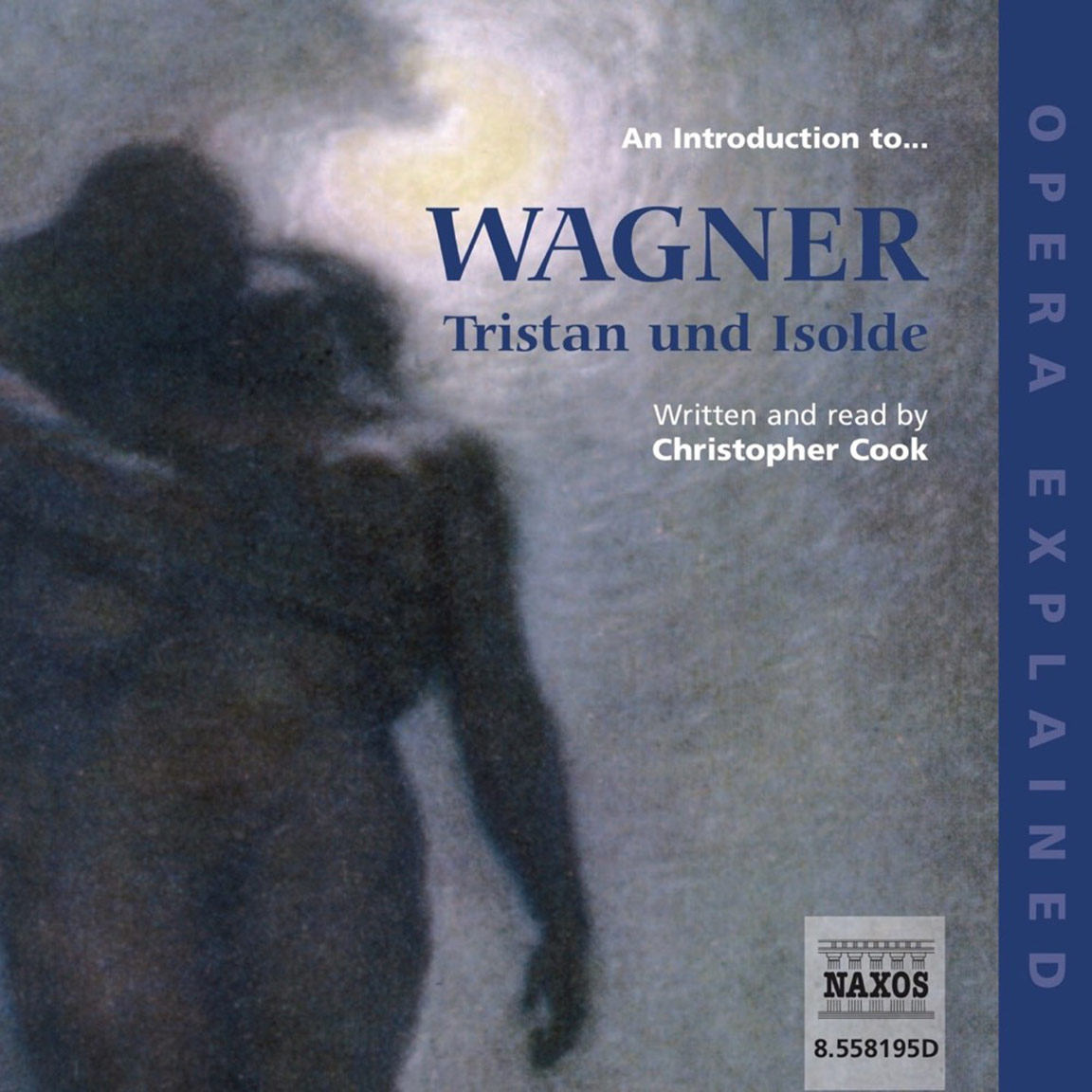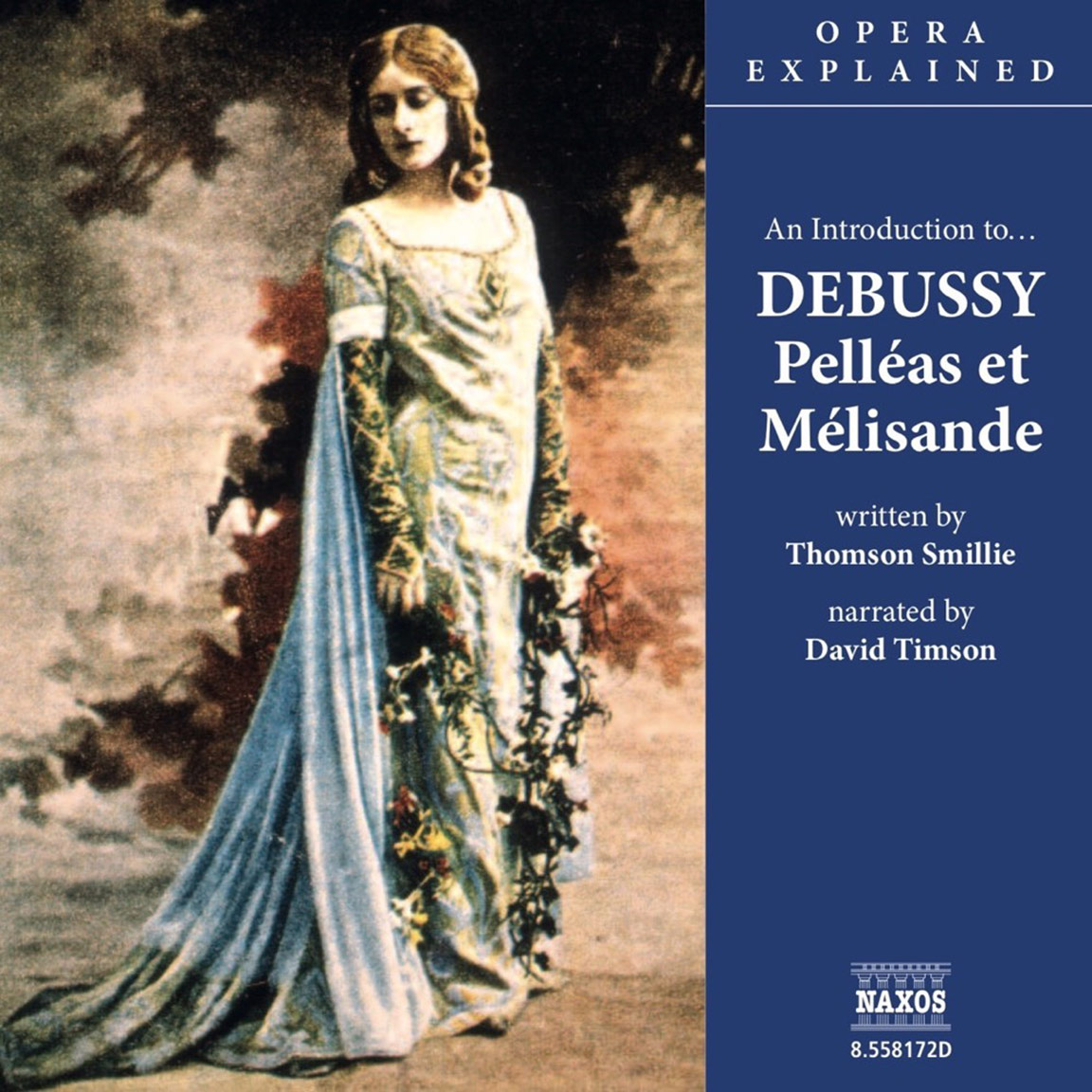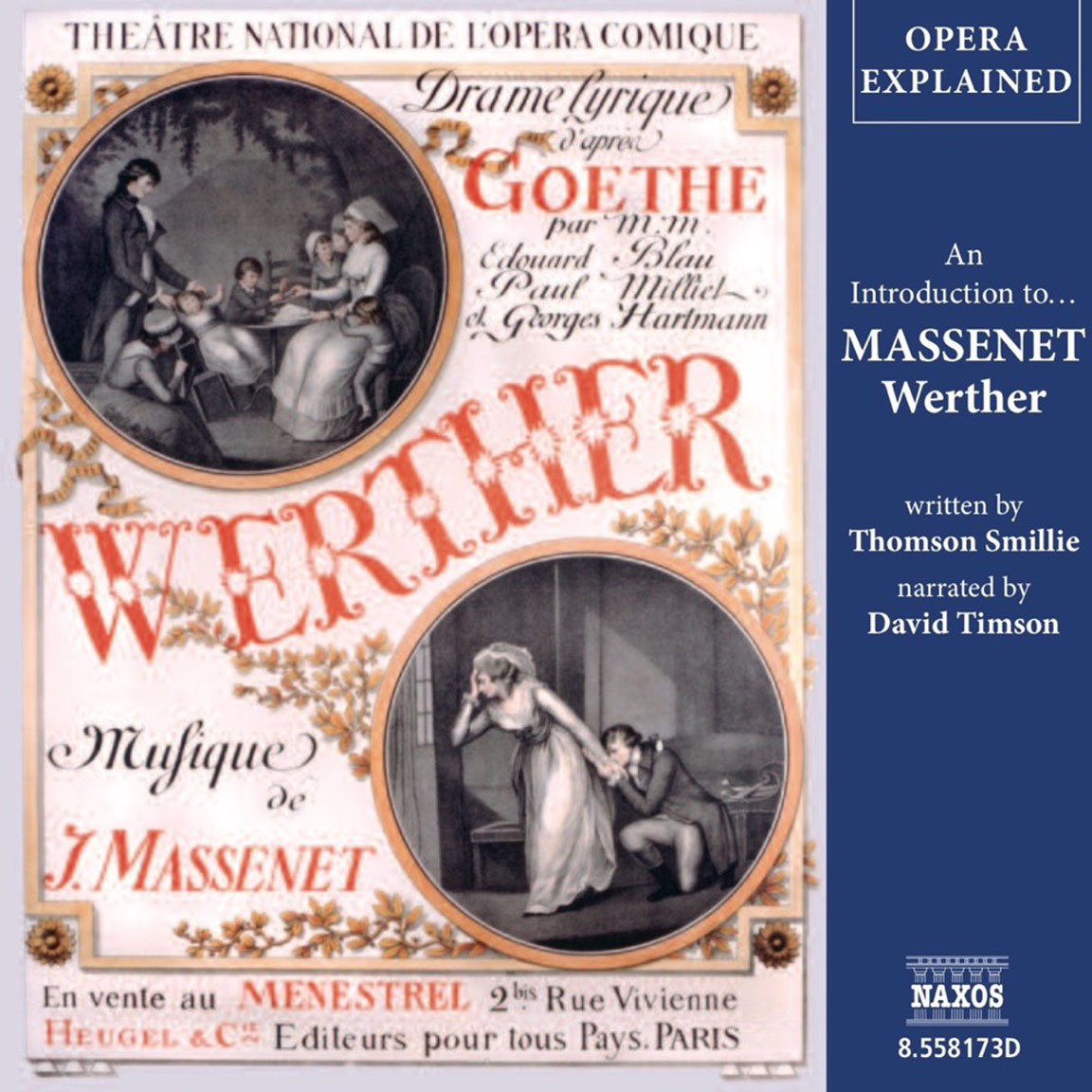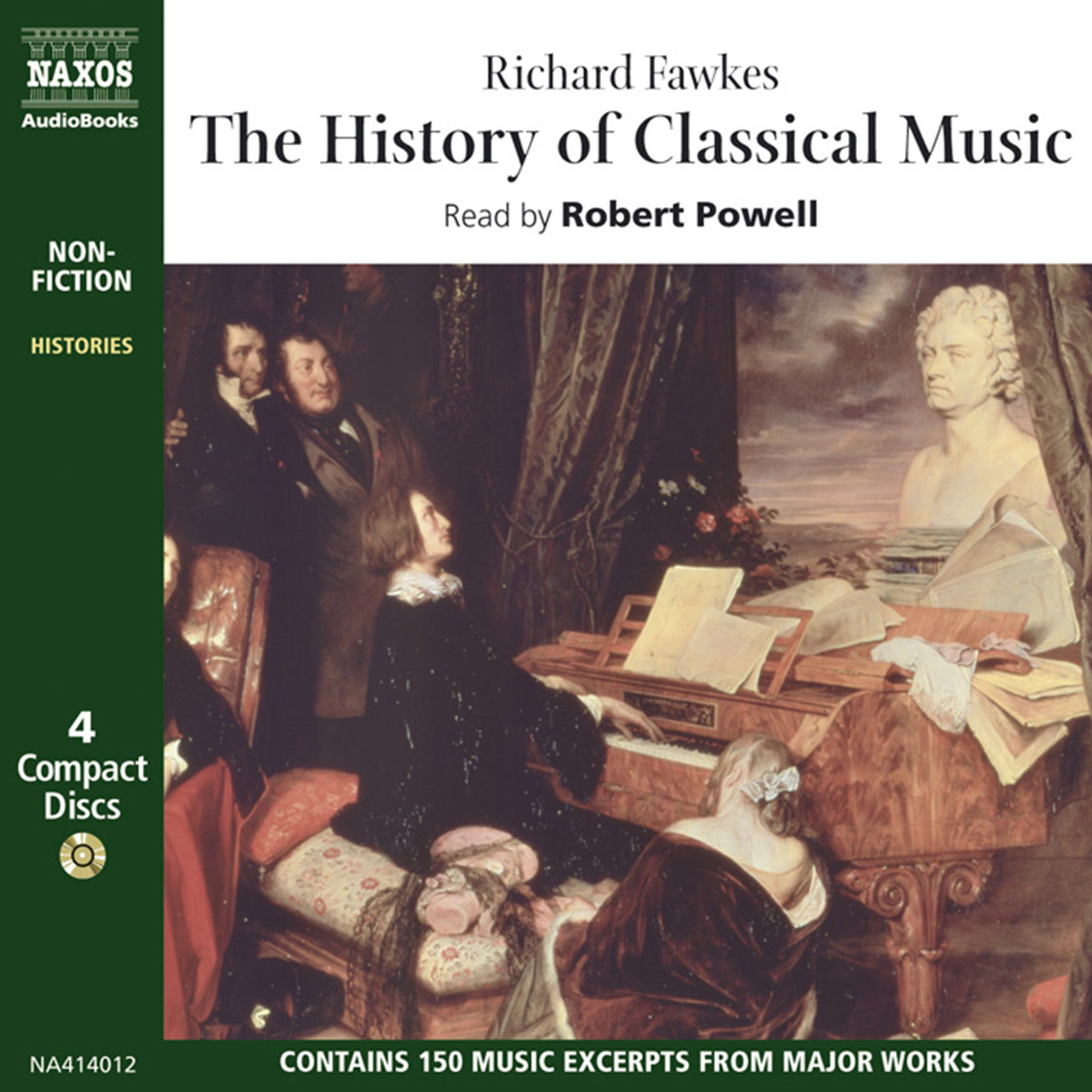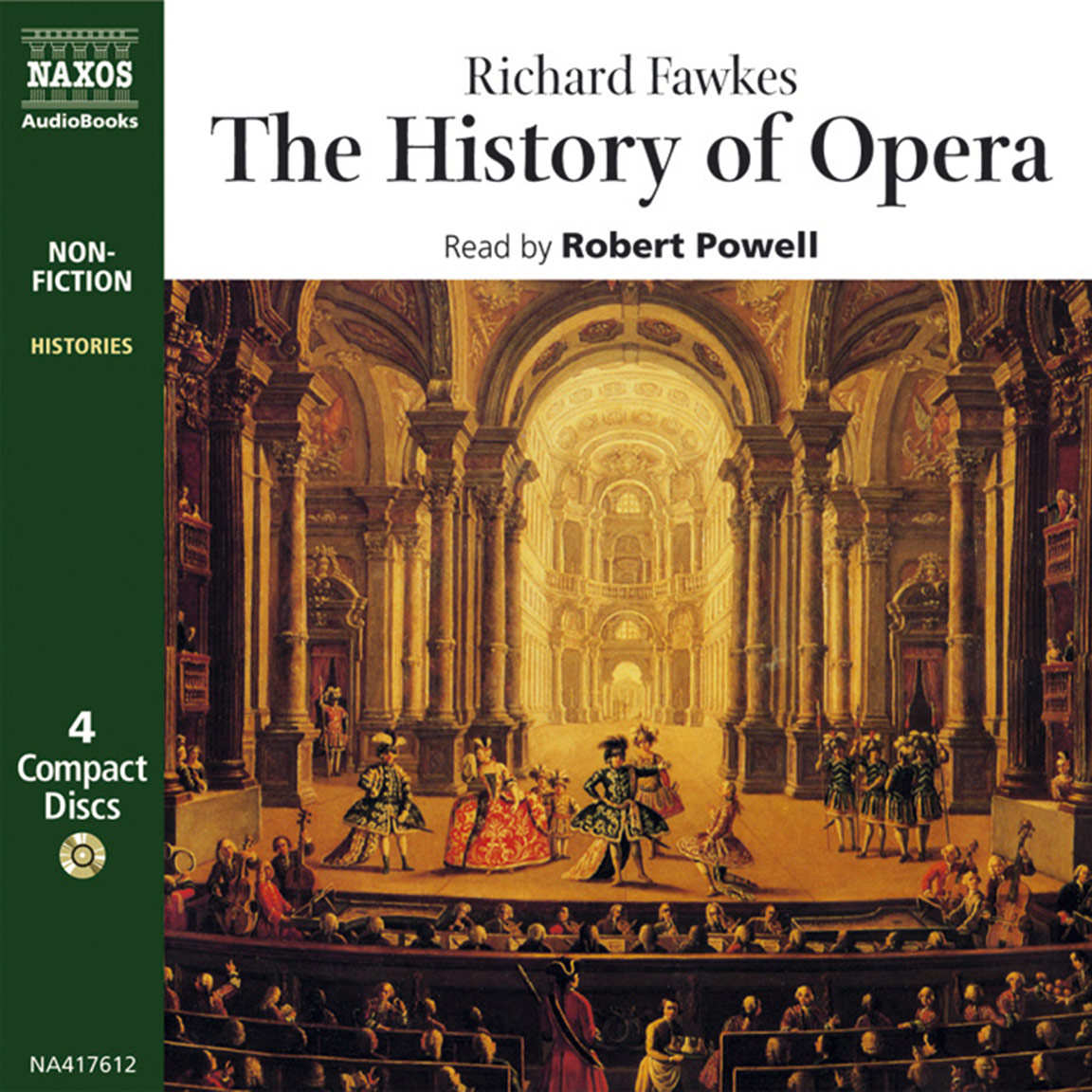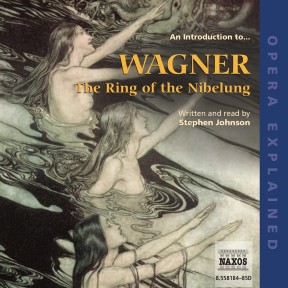
Audio Sample
Stephen Johnson
Opera Explained – The Ring of the Nibelung
Read by Stephen Johnson
unabridged
Wagner’s Ring cycle is the most ambitious work in the history of music: four operas that combine to tell a single epic story. Based in legend, it has become a legend in its own right: a supreme challenge for conductors, singers, opera producers, and indeed for audiences. But for all its grandeur and complexity, The Ring is far more accessible than many music lovers think. This two-CD guide explains the basics of the plot, profiles the leading characters, and shows how Wagner’s revolutionary music adds fascinating layers of meaning and psychological insight, as well as providing some of the most stirring and intoxicating moments in the entire operatic repertoire.
-
Running Time: 2 h 37 m
More product details
Digital ISBN: 978-1-84379-333-5 Cat. no.: NA558184 Download size: 74 MB BISAC: MUS028000 Released: September 2007 -
Listen to this title at Audible.com↗Listen to this title at the Naxos Spoken Word Library↗
Due to copyright, this title is not currently available in your region.
You May Also Enjoy
Booklet Notes
When Mark Twain observed that ‘Wagner’s music is better than it sounds’ he was being more than a wit. He had a point. So had Rossini when he famously said ‘Wagner is a composer who has beautiful moments but awful quarter hours’. Where the two men unite is in those quarter hours (though most Wagner lovers, while admitting a fair share of longeurs, would think ‘quarter hours’ was excessive): in every one of those longeurs, let alone the quarter hours, if we give Rossini the benefit of the doubt, Wagner is actually doing something – something very purposeful, and often very interesting, even if it fails to charm the ear or ignite the imagination. He was a composer who never did anything without a reason. Not for nothing did it take him more than a quarter of a century to compose The Ring. It would seem, where his music is concerned, that he kept his famous, often notorious, passions under a tighter leash than he wanted the public to suspect. Beneath his grandiose and often tendentious pronouncements, his unbridled sensuality and his obvious taste for the spectacular, he was a meticulous craftsman – a perfectionist, on the whole, who left nothing to chance. He was also an egotist of epic proportions, often nurturing his public image with more energy than care. Typical is a famous passage from his vast autobiography Mein Leben, in which he describes the genesis of a masterstroke: the very opening of The Ring, one of the most original, indeed revolutionary, pieces ever written. The year was 1853, the place an Italian inn. Wagner was drowsing fitfully on a sofa. And then:
I suddenly got the feeling that I was sinking into a strong current of water. Its rushing soon developed into a musical sound as the chord of E flat major, surging incessantly in broken chords; these presented themselves as melodic figurations of increasing motion, but the pure chord of E flat major never altered… With the sensation that the waves were now flowing high above me I awoke with a violent start from my half-sleep. I recognised immediately that the orchestral prelude to Das Rheingold had come to me.
The passivity of artistic creation is one of life’s abiding mysteries. Similar to Wagner’s testimony there, and more striking still, is Igor Stravinsky on the birth – indeed the entire composition – of an equally revolutionary work: his ballet The Rite of Spring.
I was guided by no system whatsoever when I composed The Rite.
I heard, and I wrote what I heard. I am the vessel through which The Rite passed.
And then there was Ravel’s preference for describing his works as ‘discoveries’. Similar references abound in all fields of creative endeavour. Unfortunately for Wagner, however, his celebrated account of his Italian ‘vision’ is demonstrably untrue. The probable reason for his deception is simple. It suited his romantic persona – the inspired genius whose greatest ideas sprang unbidden from his incomparable subconscious. Wagner indeed was Romanticism incarnate, and in that respect The Ring is his greatest memorial. Its very scope, let alone the fact that an entire theatre and surrounding grounds had to be built for its first production, perfectly embodies the Romantic obsession with extravagance. Equally characteristic, not only of Wagner but of Romanticism in general, are the unfettered depiction of powerful emotions and primal urges (love, sex, greed, the lust for power, and its price – all central to The Ring), the glorification of sensuality, the omnipresent power of the supernatural, and the cultivation of extremes: emotional, sensual, spiritual, structural, harmonic – and acoustic (the orchestra continued to expand throughout the century). Typical of the era, too, and again central to The Ring, is the Romantic obsession with death, first immortalised (an ironic but in this case appropriate term) in the songs of Schubert.
Music in the Romantic era took on an illustrative function to a degree never previously attempted, and the fashion for ‘programme music’ – music, in effect, which tells a story – achieved epidemic proportions. Both facts are abundantly evident in The Ring (never before in opera did the orchestra tell so much of the story, let alone paint so much of the scenery). Closely related to the above were the twin fascinations with literature (Romanticism began, in the eighteenth century, as a literary movement) and the distant, often pre-Christian, past. The roots of The Ring lie in both a collection of five medieval sagas – all but one anonymous, and all but one Norse, not German – and the ancient Greek dramas of Aeschylus, most particularly the trilogies Oresteia and Prometheus. Wagner was thus casting his linguistic net insufficiently wide when he wrote, ‘To the operatic poet and composer falls the task of conjuring up the holy spirit of poetry as it comes to us in the sagas and legends of past ages’. It was in fact the high art of the Greeks, more than the sagas and legends, that most directly inspired The Ring.
As a writer, Wagner was more prolific (his collected prose occupies ten fat volumes, plus twenty of letters) than articulate. He was essentially a dramatist. The ‘poem’ for The Ring is unquestionably his literary masterwork, though it is the music that has rendered it immortal (for all his belief in the synthesis of the arts, and in the equal claims of words and notes, he was enough of a realist to acknowledge that in opera the music must always have primacy over the words, if only for the reason that so many singers have such poor diction). Not masterly in its expression, certainly, but significant both of the man and his time, is the following from his centenary tribute to Beethoven in 1870:
Music which does not represent the ideas contained in the phenomena of the world, but is itself an Idea, indeed, a comprehensive Idea of the world, embraces the drama as a matter of course, seeing that the drama, again, represents the only Idea of the world adequate to music.
There too he was a man of his time. ‘The Idea’ was in the air, particularly in Germany. And the ideas of others had a formative effect on Wagner’s music, and on his attitude to music in general: what it is, what it should be, what he should be (or, in his own view, was already). The man whose ideas most powerfully affected him was the philosopher Arthur Schopenhauer – and no wonder: ‘Music,’ wrote Schopenhauer, ‘is the copy of the will itself.’ In melody, he found ‘the unbroken significant connection of one thought from beginning to end representing a whole.’ ‘The creator of music,’ he proclaimed, ‘reveals the inner nature of the world.’ Here was Wagner’s mission. In The Ring he aimed at nothing less. Schopenhauer, though, was not his only model. Much that is commonly credited to him was actually prefigured by Chopin, Liszt, Berlioz, even Meyerbeer. But he owed his career, and a large measure of his development, to Beethoven – and in particular to a single work, the ‘Choral’ Symphony, which underpinned his entire creative life. As he wrote, in his ungainly prose:
The last symphony of Beethoven is the redemption of music from out of her peculiar element into the realm of universal art. It is the human evangel of the art of the future. Beyond it no further step is possible, for upon it the perfect art work of the future alone can follow: the universal drama for which Beethoven forged the key.
And who picked up the key?
Central to the Romantic era was the cult of the artist as hero, indeed the cult of heroism itself, or at least its representation. This too, like virtually every feature of the movement, reached its climax with Wagner – not least in his image of himself. He not only portrayed heroes, he saw himself as one. And not without reason. Throughout his career, he had a vision of the world, a vision for the world, and of the nature and obligations of art, which he pursued unshakably through all manner of neglect and abuse, though his views were not constant, and his celebrated notion of the equality and brotherhood of all the arts underwent significant revision, notably in The Ring, after his first encounters with Schopenhauer. His resilience, like his persistence, was indomitable. In the words of Gustave Kobbé:
It is the outstanding fact in Wagner’s career that he always triumphed. He threw his lance into the midst of his enemies and fought his way up to it. No matter how much opposition his music dramas excited, they gradually found their way into the repertory.
The first production of The Ring at Bayreuth in 1876, twenty-six years after its inception, was a triumph of unimagined proportions. ‘Never,’ Wagner noted, ‘had an artist been so honoured.’ But the acclaim did not cloud his perspectives. To his credit, he observed, regretfully, that it was the artist, not the art, that had been honoured; the achievement, not the thing achieved.
But that was only a matter of time.
Brief Synopsis
The Ring is a giant morality play, laden with symbolism from beginning to end. Its message is that love alone can redeem the world.
In the first of the tetralogy, Das Rheingold (conceived as a Prologue) the Nibelung dwarf Alberich steals the Rhine gold from the Rhine maidens, fashioning from it a ring that confers mastery of the world – but at a terrible price: the total renunciation of love. The gods, headed by Wotan, steal both gold and ring, to ransom the goddess Freia, previously given to the giants as payment for their building of the gods’ palace, Valhalla. The cursed ring takes immediate effect. The giants Fasolt and Fafner quarrel over it, and Fafner kills Fasolt. The gods enter Valhalla. Thus ends the first opera without a single human character.
Die Walküre marks the start of the drama proper. Wotan has nine daughters (the Valkyries) by the earth goddess Erda and two other children (Siegmund and Sieglinde) by a human mother. Wotan hopes Siegmund and Sieglinde will recover the ring (now guarded by Fafner, who has turned into a dragon). Unaware that they are brother and sister, Siegmund and Sieglinde fall in love. Brünnhilde, Wotan’s favourite Valkyrie, disobeys his commandment by protecting Siegmund against Hunding, Sieglinde’s husband; but Wotan intervenes and Hunding murders Siegmund. Brünnhilde rescues Sieglinde, prophesying that she will bear a son, Siegfried. Wotan punishes Brünnhilde by stripping her of her divinity. She falls into a trance, and lies immured by a circle of fire, awaiting rescue by a fearless hero.
The next opera, Siegfried, is dominated by him. Siegfried, only child of Siegmund and Sieglinde (who died in childbirth), has been raised in the forest by Alberich’s brother, the dwarf Mime. With a sword forged from fragments of his father’s weapon (shattered in the battle with Hunding), Siegfried kills Fafner, acquiring both the ring and the magic helmet which Alberich had also made from the gold. A chance taste of the giant’s blood enables him to understand the language of the birds, one of which leads him to Brünnhilde’s rock. He duly penetrates the wall of fire and wins Brünnhilde’s heart.
In Götterdämmerung, Hagen, son of Alberich, plots to recover the ring. Siegfried, his memory of Brünnhilde erased by a potion mixed by Hagen, falls in love with Gutrune. He captures Brünnhilde for Hagen’s half-brother, Gunther. Sieg-fried then marries Gunther’s sister, Gutrune. Brünnhilde, with Hagen and Gunther, plots Sieg-fried’s death. Siegfried and Gunther are both killed by Hagen. Aware of the truth at last, but alas too late, Brünnhilde builds a funeral pyre for Siegfried and rides into the flames with the ring on her finger. The Rhine breaks its banks, the ring, despite Hagen’s doomed pursuit, is recovered by the Rhine maidens, and Valhalla is consumed by flames. The curse is complete, the gods destroyed. A new age, illuminated by the power of redemptive love, is ready to dawn.
Notes by Jeremy Siepmann
